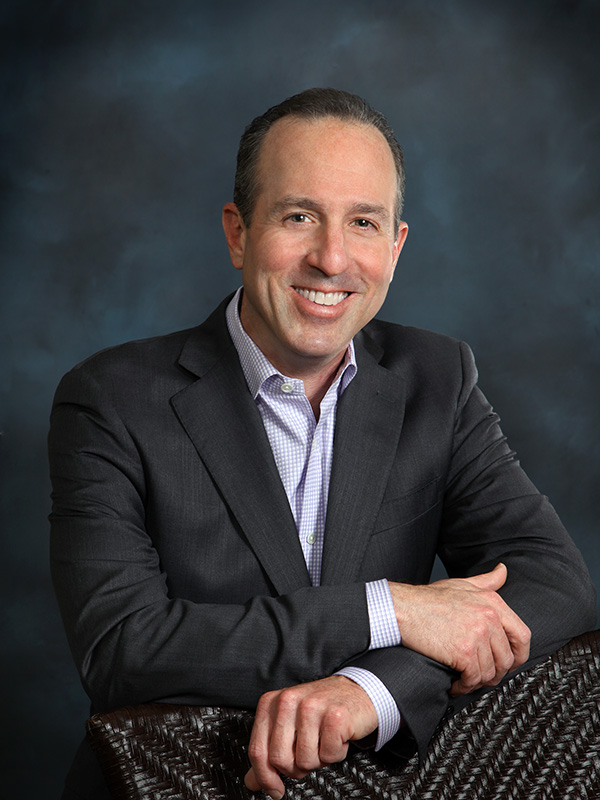Dislocated Shoulder Surgeon

Are you an athlete who participates in contact sports? If so, you may be at risk of developing glenoid bone loss due to chronic shoulder dislocations. Bone loss greater than 20-25% will require some form of glenoid augmentation surgery. Dislocated shoulder surgeon, Dr. Mark Getelman provides diagnosis and both surgical and nonsurgical treatment options for patients in Los Angeles who have developed glenoid bone loss. Contact Dr. Getelman’s team today!
Arthroscopic Glenoid Augmentation for Glenoid Bone Loss
The shoulder joint is composed of three bones, the scapula (shoulder blade), the clavicle (collarbone) and the humerus (upper arm bone). The humeral head rests in the shallow socket of the scapula, known as the glenoid. The glenoid bone can become damaged and develop bone loss, typically from recurrent shoulder instability. Patients who have glenoid bone loss associated with recurrent shoulder instability may become candidates for glenoid reconstructive surgery, otherwise known as an arthroscopic glenoid augmentation. Greater Los Angeles, California area shoulder surgeon, Dr. Mark Getelman with offices in Van Nuys and Westlake Village specializes in diagnosing and treating shoulder instability connected with glenoid bone loss.
Shoulder instability occurs when the humeral head is forced out of the shoulder socket. This generally occurs from overuse or a traumatic event. Patients suffering from shoulder instability experience chronic pain and repeated shoulder dislocations which often results in varying levels of anterior-inferior glenoid bone loss.
Once glenoid bone loss is diagnosed, surgical correction must be performed. Dr. Getelman specializes in various arthroscopic glenoid augmentation procedures, all designed to address glenoid bone loss. The amount of bone loss necessary to consider glenoid surgery varies, but many orthopedic specialists agree bone loss greater than 20-25 percent will require some form of augmentation.
Several types of grafts can be used for arthroscopic glenoid augmentation to rebuild bone loss and reconstruct the glenoid. These grafts include:
- Distal clavicle autograft
- Iliac crest autograft
- Distal tibia allograft
In autograft cases, a patient’s own tissue is harvested, either from the clavicle or the iliac crest (largest bone in the hip), and used to reconstruct the area of glenoid bone loss. In distal tibia allograft cases, a portion of a donor’s tibia is harvested and used to perform the reconstruction.
Dr. Getelman will explain the different graft options in great detail with each patient requiring an arthroscopic glenoid reconstructive surgery.
Arthroscopic Glenoid Augmentation Repair Protocols
Dr. Getelman will provide each patient with a detailed rehabilitation protocol following glenoid surgery. The protocol may vary depending on graft used and extent of bone loss. All patients are expected to follow the guidelines to achieve a full and successful recovery.
For additional resources on arthroscopic glenoid augmentation, or for more information on graft options and glenoid surgery, please contact the Van Nuys and Westlake Village, California orthopedic office of Dr. Mark Getelman – shoulder surgeon.
